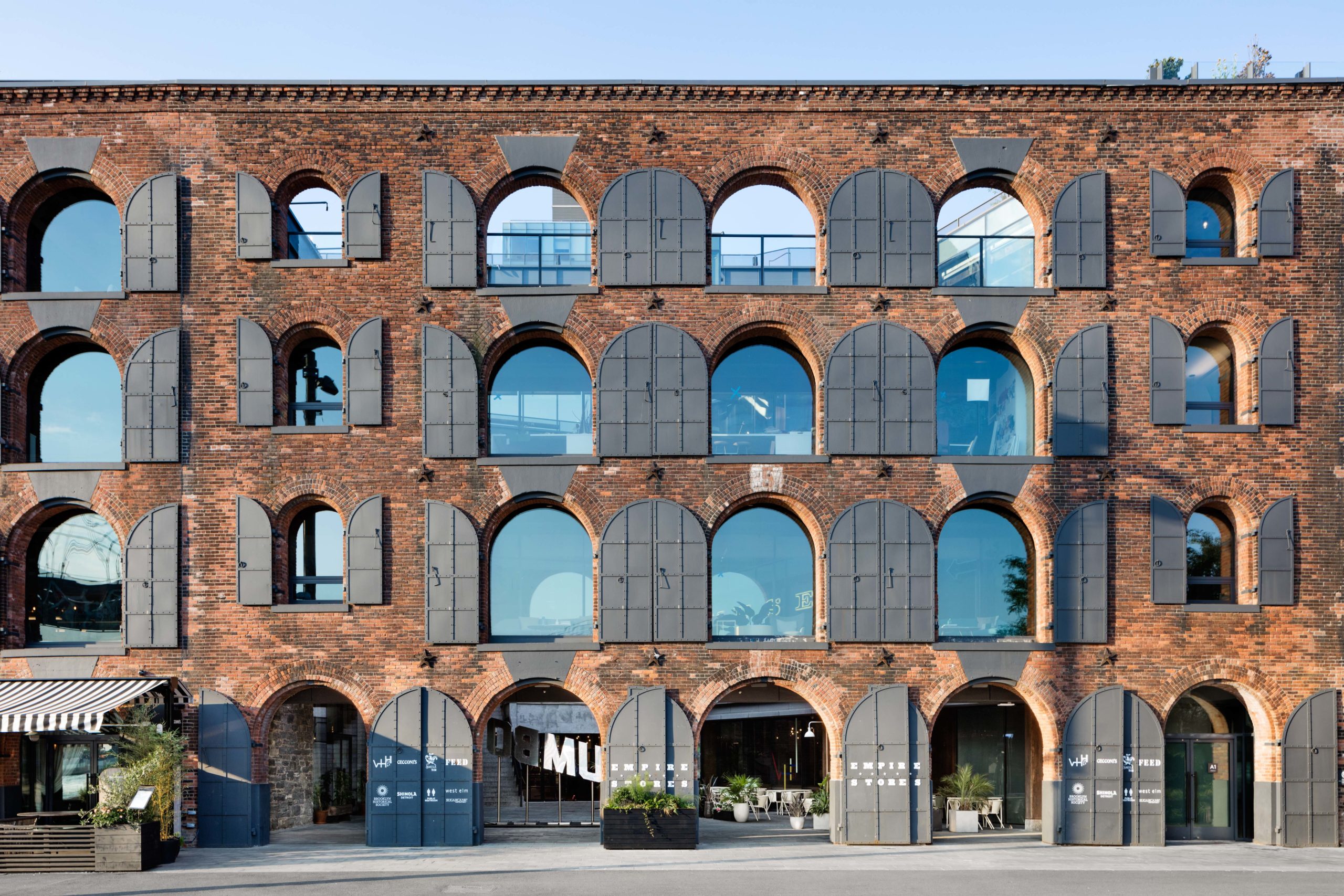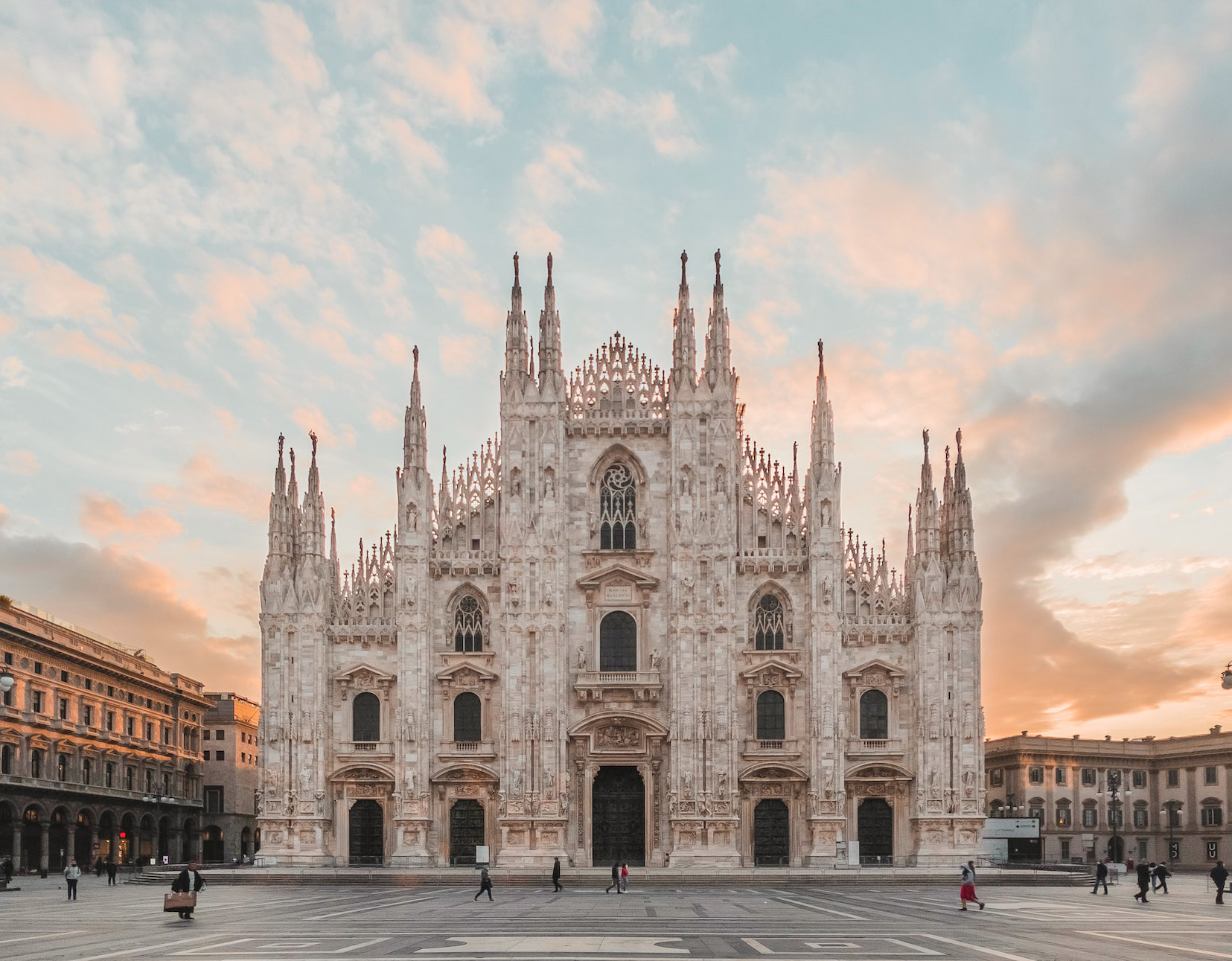- Home
- Articles
- Architectural Portfolio
- Architectral Presentation
- Inspirational Stories
- Architecture News
- Visualization
- BIM Industry
- Facade Design
- Parametric Design
- Career
- Landscape Architecture
- Construction
- Artificial Intelligence
- Sketching
- Design Softwares
- Diagrams
- Writing
- Architectural Tips
- Sustainability
- Courses
- Concept
- Technology
- History & Heritage
- Future of Architecture
- Guides & How-To
- Art & Culture
- Projects
- Interior Design
- Competitions
- Jobs
- Store
- Tools
- More
- Home
- Articles
- Architectural Portfolio
- Architectral Presentation
- Inspirational Stories
- Architecture News
- Visualization
- BIM Industry
- Facade Design
- Parametric Design
- Career
- Landscape Architecture
- Construction
- Artificial Intelligence
- Sketching
- Design Softwares
- Diagrams
- Writing
- Architectural Tips
- Sustainability
- Courses
- Concept
- Technology
- History & Heritage
- Future of Architecture
- Guides & How-To
- Art & Culture
- Projects
- Interior Design
- Competitions
- Jobs
- Store
- Tools
- More

The world of architecture is undergoing a profound transformation, driven by a multitude of radical concepts that are reshaping its future. As we navigate an era marked by pressing environmental concerns, rapid technological advancements, and evolving societal needs, architects are embracing innovative approaches to design and construction. These radical concepts encompass a wide range of ideas, from sustainable design practices and adaptive reuse to cutting-edge technologies and visionary urban planning strategies.
In this article, we delve into the forefront of architectural innovation, exploring the radical concepts that are paving the way for a more sustainable, connected, and harmonious built environment. From the integration of renewable energy systems and the use of parametric design tools to the revival of historical structures through adaptive reuse, each concept represents a paradigm shift in architectural thinking. By embracing these transformative ideas, architects are not only pushing the boundaries of creativity but also addressing pressing global challenges.
At the core of this architectural revolution lies a deep commitment to sustainability. As the world grapples with the urgent need to mitigate climate change and reduce carbon emissions, architects are reimagining the very foundations of building design. The concept of sustainable architecture emphasizes energy efficiency, responsible material selection, and the integration of nature within the built environment. From net-zero energy buildings to the incorporation of green infrastructure, these approaches hold the promise of creating environmentally friendly and resilient structures that coexist harmoniously with their surroundings.

Simultaneously, technology is playing a pivotal role in reshaping the architectural landscape. Architects are harnessing the power of advanced computational tools, such as parametric design and 3D printing, to conceive and realize visionary structures that were once unimaginable. These technologies enable architects to explore intricate geometries, optimize building performance, and reduce construction waste. Augmented reality and virtual reality tools are revolutionizing the design process, offering immersive experiences and enhancing collaboration among stakeholders. AR and VR technologies are also transforming the way architects design and visualize spaces. These tools allow clients and designers to experience virtual walkthroughs of buildings before they are constructed.
Furthermore, the concept of adaptive reuse is gaining traction as a sustainable and culturally significant approach to architecture. Rather than tearing down existing structures, architects are finding creative ways to repurpose and transform them, breathing new life into forgotten spaces. This approach not only minimizes waste but also preserves the historical and cultural fabric of our cities, creating a sense of continuity and connection to the past.
Adaptive Reuse
Rather than demolishing existing structures, adaptive reuse involves repurposing and transforming them for new functions. This approach promotes sustainability by reducing waste and preserving historical and cultural significance. Architects are finding innovative ways to adaptively reuse old factories, warehouses, and even shipping containers into modern and functional spaces.

Parametric Design
Parametric design involves using algorithms and computational tools to create complex, organic, and innovative architectural forms. It allows architects to generate and manipulate design parameters, resulting in unique and optimized structures. This concept enables the creation of intricate geometries that were previously difficult to achieve.
Smart Cities and Internet of Things (IoT)
As technology continues to advance, architects are incorporating smart city concepts and IoT into their designs. Buildings and urban spaces are becoming interconnected through sensors, data collection, and automation. This integration improves efficiency, enhances safety, and enables better management of resources in urban environments.
3D Printing
Additive manufacturing, or 3D printing, is revolutionizing the construction industry. Architects are exploring the use of 3D printing to create complex building components and even entire structures. This technology allows for greater design freedom, faster construction times, reduced waste, and cost savings.

Modular and Prefabricated Construction
Modular construction involves assembling buildings from prefabricated modules manufactured off-site. This method offers faster construction timelines, cost savings, and reduced environmental impact. Architects are increasingly using modular construction techniques to create flexible and adaptable spaces that can easily be reconfigured or expanded.
The future of architecture is being shaped by radical concepts that challenge traditional norms and embrace innovation, sustainability, and human-centric design. By blending visionary thinking with technological advancements, architects are poised to create a built environment that addresses the urgent global challenges we face while enhancing the quality of life for future generations. Join us on this exploratory journey as we delve into the transformative concepts that are revolutionizing the field of architecture.

Submit your architectural projects
Follow these steps for submission your project. Submission FormLatest Posts
How Much Time Does It Take to Install Impact-Resistant Windows and Doors
Introduction Upgrading your home’s windows and doors can feel like a big...
How to Furnish Your New Home in 24 Hours (Without Picking Up a Screwdriver)
The keys have been handed over. The lease is signed. You are...
3D Printed Homes: Time, Cost, and What to Expect
3D printed homes explained: realistic timelines (24–72h walls, 8–16 weeks total), true...
How a Contact Centre Boosts Trust in Your Building Business
In construction, trust is the glue that holds projects together. Clients need...












Leave a comment